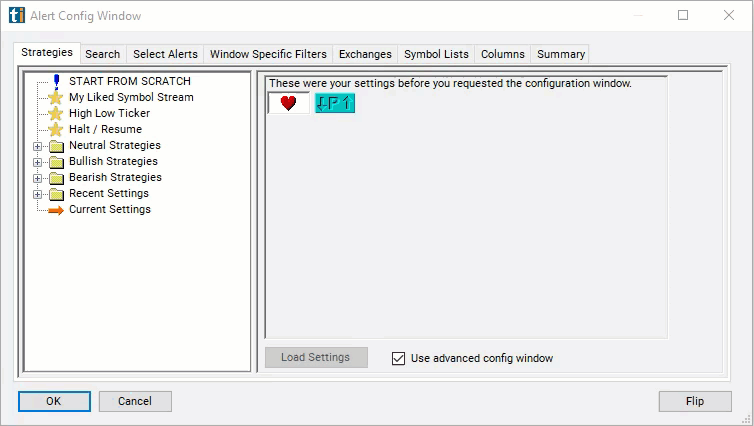Below Pre-Market High
Table of Contents
- Understanding the Below Premarket High Filter
- Below Premarket High Filter Settings
- Using the Below Premarket High Filter
- FAQs
Understanding the Below Premarket High Filter
The "below premarket high" filter is used to identify stocks whose current price is trading below the highest price reached during premarket trading hours. Premarket trading occurs before the official opening of the regular trading session and allows traders to react to news and events before the market opens.
Here's how the "below premarket high" filter works:
Identification of Premarket High: The filter first identifies the highest price reached by a stock during the premarket trading session. This includes trading that occurs before the official market open.
Comparison with Current Price: The filter then compares the current price of the stock to the premarket high. If the current price is below the premarket high, the stock meets the criteria of being "below premarket high."
These filters are available before the market is open, while the market is open and during the post market session.

Below Premarket High Filter Settings
The settings of each Trade Ideas filter are defined in the Window Specific Filters Tab located in the Configuration Window of your Alert/Top List Window.
Here is how to setup the filter in your configuration window:
- Use negative numbers to find stocks trading above the pre-market high of the day.
- Use the min below premarket high filter to find stocks which are not currently trading close to the premarket high of the day.
- Set the max below premarket high filter to a small number to find stocks which are currently trading close to the high of the day.
For example, set the max below premarket high filter to 0.07 to find stocks which are trading no more than 7 cents below the pre-market high of the day.

Using the Below Premarket High Filter
Several trading strategies can be employed with the Below Premarket High filter. Here are a few examples:
Intraday Reversals: Traders may look for intraday reversals in stocks that are trading below their premarket highs. If a stock starts showing signs of reversal, such as increased buying pressure or bullish candlestick patterns, traders may consider taking long positions for a potential intraday bounce.
Scalping Opportunities: Traders focused on short-term price movements may exploit scalping opportunities on stocks trading below their premarket highs. They may look for quick price fluctuations and take advantage of short-term momentum shifts for rapid profits.
Fade the Gap: Traders may employ the "fade the gap" strategy, where they take positions opposite to the direction of the premarket gap. If a stock gaps up in premarket trading but fails to sustain its gains and starts trading below its premarket high during regular trading hours, traders may enter short positions, anticipating a reversal of the gap.
FAQs
What does the "below premarket high" filter indicate?
- This filter identifies stocks whose current price is trading below the highest price reached during premarket trading hours. It suggests that the stock failed to sustain its premarket gains and may face resistance or selling pressure during the regular trading session.
How is the premarket high determined?
- The premarket high is typically the highest price a stock reaches during premarket trading hours, which occur before the official market open.
Can the "below premarket high" filter be used for both long and short trading strategies?
- Yes, the filter can be used for both long and short trading strategies. Traders may consider short selling stocks that are trading below their premarket highs or look for short-term buying opportunities on stocks showing signs of intraday reversal.
What other factors should traders consider when using the "below premarket high" filter?
- Traders should consider other factors such as volume trends, price patterns, support and resistance levels, and overall market sentiment before making trading decisions based on the "below premarket high" filter.
Filter Info for Below Pre-Market High [BelowHighPre]
- description = Below Pre-Market High
- keywords = Highs and Lows Single Print
- units = $
- format = p
- toplistable = 1
- parent_code =




